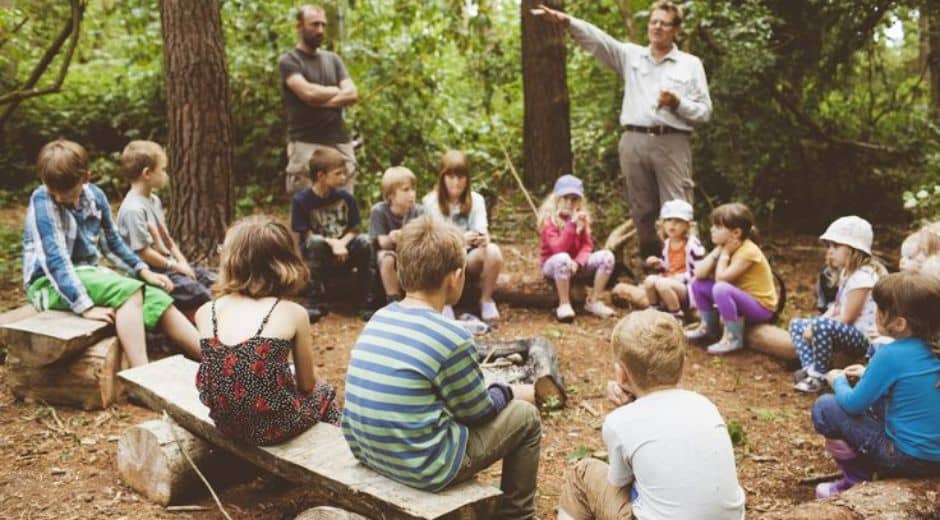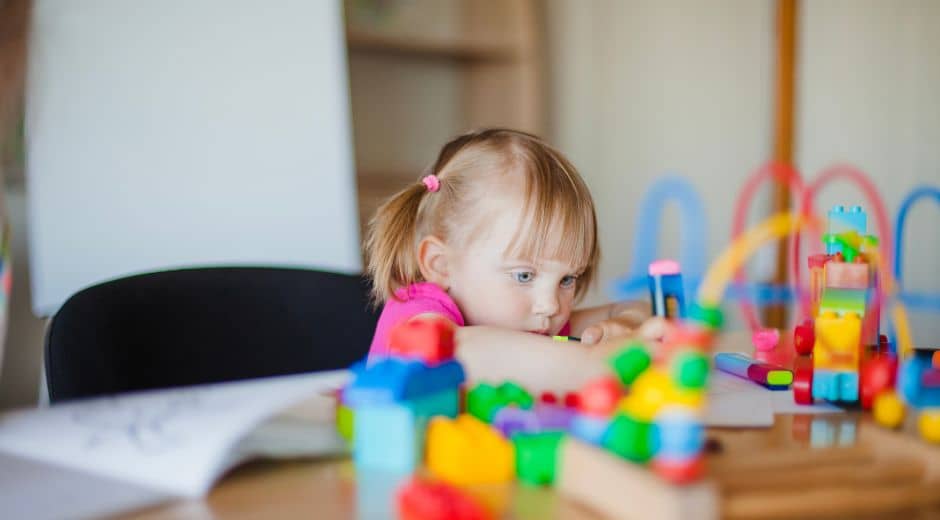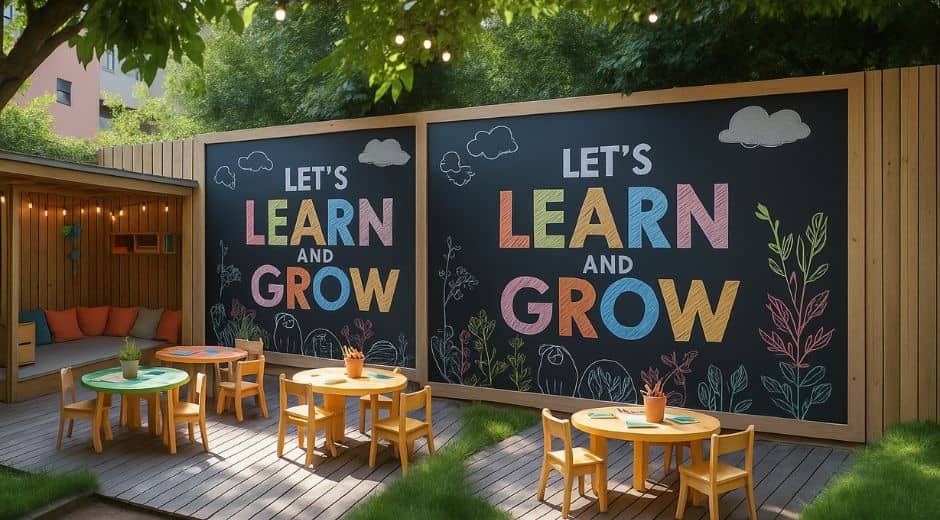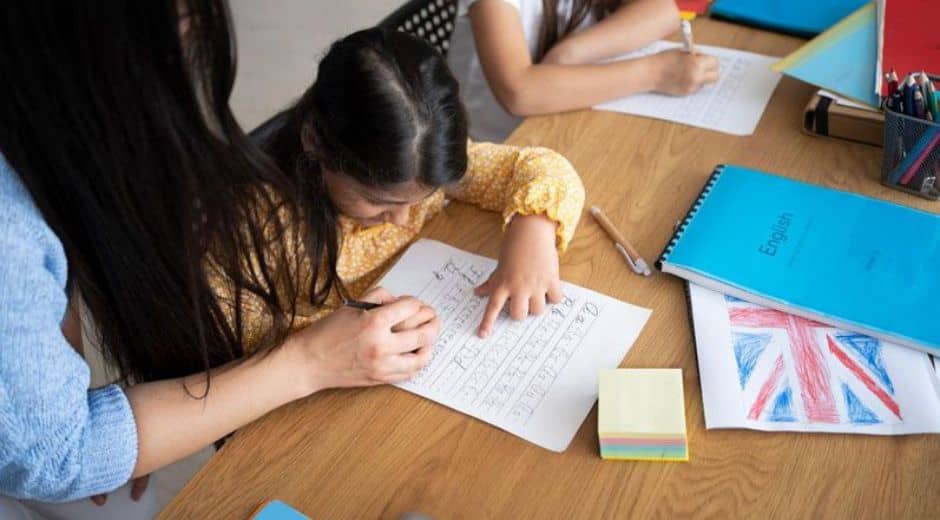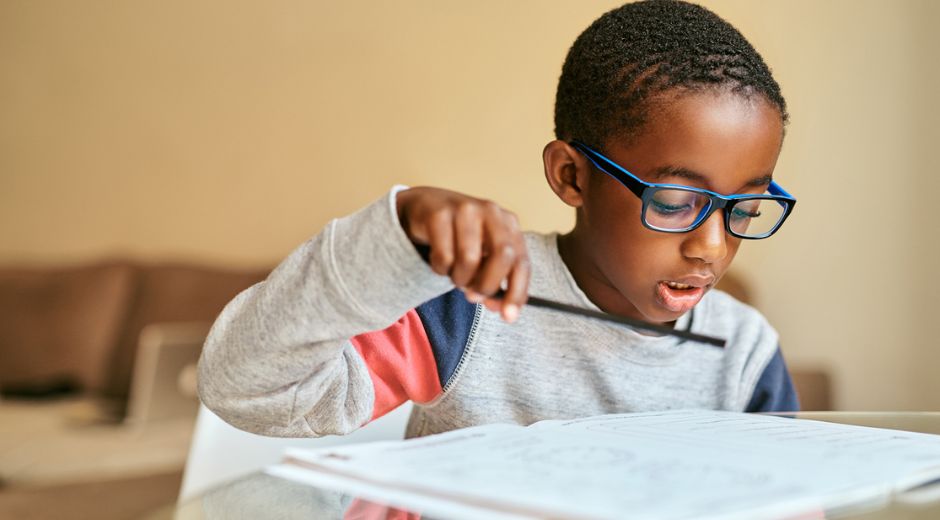Learning Outside: Nature as the Ultimate Classroom
Learning Outside: Nature as the Ultimate Classroom
Education doesn’t have to be confined to four walls, a whiteboard, or a desk. Increasingly, parents and educators are recognizing the transformative power of Learning Outside the classroom. Nature itself offers endless opportunities for discovery, curiosity, and skill development, providing children with experiences that are both engaging and deeply educational.
By embracing outdoor learning, parents can cultivate children’s curiosity, creativity, and critical thinking while promoting physical health and emotional well-being. This approach doesn’t replace traditional education—it enhances it, offering hands-on lessons that stick.
1. The Benefits of Learning Outside
Learning Outside the traditional classroom setting comes with a wide array of benefits. Research shows that children who spend time in natural environments develop improved attention, memory, and problem-solving abilities. Exposure to green spaces reduces stress, enhances mood, and encourages mindfulness, all of which create optimal conditions for learning.
Outdoor learning also supports physical health. Activities like hiking, climbing, or gardening promote coordination, strength, and endurance. When children combine movement with observation and experimentation, they develop a holistic understanding of the world around them.
For additional educational resources and strategies, StudySkillUp offers tips on integrating experiential learning into your child’s routine effectively.
2. Nature as a Multisensory Teacher
One of the greatest advantages of Learning Outside is the multisensory experience it provides. Unlike traditional classrooms, nature engages sight, sound, touch, and even smell. Watching a butterfly emerge from a chrysalis, listening to the rustle of leaves, or feeling different soil textures turns every moment into an educational opportunity.
Children learn not only by observing but by interacting. Digging in the soil, identifying plant species, or measuring the growth of a tree are lessons that combine tactile experience with cognitive learning, making knowledge more memorable and meaningful.
3. Enhancing STEM Skills in the Outdoors
Outdoor environments are perfect for teaching STEM (Science, Technology, Engineering, Math) skills. Learning Outside allows children to measure tree heights, calculate the speed of a flowing stream, or observe ecological relationships in real time.
For example, a simple hike can become a scientific investigation: measuring distances, tracking wildlife patterns, and documenting environmental changes. These hands-on experiences cultivate analytical thinking and problem-solving skills, laying the groundwork for future scientific learning.
Parents can supplement these activities with educational resources and project ideas from TripBeyondTravel, which combines exploration with experiential learning.
4. Developing Creativity and Critical Thinking
Learning Outside is not limited to science or mathematics. Nature encourages creativity and imaginative play. Children can invent stories inspired by forest creatures, build miniature shelters with sticks and leaves, or sketch landscapes, integrating art into outdoor learning.
Critical thinking is also fostered through outdoor problem-solving. Navigating a trail, understanding cause-and-effect in ecosystems, and analyzing natural patterns encourages logical reasoning. These experiences teach children to make decisions, evaluate consequences, and approach challenges creatively.
5. Emotional and Social Benefits
Spending time outdoors enhances emotional intelligence. Learning Outside allows children to experience wonder, patience, and empathy. Observing ecosystems teaches respect for living organisms and environmental stewardship.
Group activities such as nature scavenger hunts or collaborative gardening promote teamwork, communication, and leadership skills. Children learn to cooperate, negotiate, and support each other while engaging in meaningful, enjoyable tasks.
Mindfulness and emotional balance also improve as children connect with the rhythms of nature. For guidance on integrating mindfulness into outdoor learning, FocusMindFlow offers strategies for nurturing calm, focus, and emotional resilience.
6. Practical Ways to Incorporate Outdoor Learning
Parents can easily integrate Learning Outside into daily life with a few intentional practices:
Backyard Exploration: Turn your backyard into a learning lab. Encourage observation, plant care, or insect studies.
Nature Walks: Visit parks, gardens, or forests regularly. Bring notebooks, magnifying glasses, or field guides for active learning.
Gardening Projects: Growing vegetables or flowers teaches responsibility, biology, and patience.
Outdoor Art Activities: Sketching, painting, or crafting with natural materials enhances creativity.
Seasonal Adventures: Observe seasonal changes, track animal migration, or collect leaves for educational projects.
Even small, consistent efforts reinforce the principles of Learning Outside, creating a habit that blends education with exploration.
7. Integrating Outdoor Learning with Traditional Education
Learning Outside complements classroom learning rather than replacing it. For example, a science lesson about ecosystems becomes more vivid when children observe actual plants and animals in their habitat. Math lessons on measurement can take place during hiking trips or garden projects.
Parents and educators can coordinate outdoor activities with curriculum objectives to reinforce and expand upon classroom concepts. This integration deepens understanding, making learning relevant, experiential, and enjoyable.
For more guidance on combining structured education with hands-on outdoor experiences, CoolParentingTips offers detailed strategies and activity ideas.
8. Overcoming Challenges in Outdoor Learning
While Learning Outside has many benefits, it comes with challenges. Weather, safety, and accessibility can limit opportunities. Planning is key:
Choose safe and accessible locations.
Prepare appropriate clothing and gear.
Keep outdoor sessions short for younger children, gradually increasing duration.
Use guided activities to maintain engagement and structure.
By addressing potential obstacles proactively, outdoor learning becomes a consistent and rewarding part of a child’s education.
9. Inspiring a Lifelong Love for Nature
Spending time in nature is one of the most natural ways to recharge. Activities such as hiking, gardening, or simply walking in a park reduce stress, improve mood, and increase energy. Sunlight exposure also supports vitamin D synthesis, which is essential for maintaining vitality.
Combining travel and outdoor experiences can elevate energy while providing enrichment for the mind and body. Websites like Trip Beyond Travel suggest family-friendly and immersive ways to experience the outdoors for a natural boost.
10. Conclusion: Transforming Education Beyond the Walls
Education extends beyond textbooks, desks, and classrooms. Learning Outside harnesses the natural environment as a dynamic, engaging, and holistic teacher. By immersing children in nature, parents nurture curiosity, creativity, critical thinking, and emotional intelligence.
From backyard experiments to forest hikes, outdoor learning transforms everyday spaces into vibrant classrooms. For additional resources and ideas, parents can explore StudySkillUp for skill-building tips, TripBeyondTravel for experiential adventures, and FocusMindFlow for mindful strategies.
Integrating Learning Outside into your child’s routine not only enhances academic skills but also nurtures a deeper connection with the environment, creating well-rounded, thoughtful, and engaged learners.
Learn Bond Bloom

Calm Corner Setup for Emotional Regulation
Calm Corner Setup for Emotional Regulation

Big Feelings Tools Kids Can Learn Fast
Big Feelings Tools Kids Can Learn Fast

Picky Eating Solutions That Feel Simple
Picky Eating Solutions That Feel Simple

Morning Routine Ideas for Smoother Days
Morning Routine Ideas for Smoother Days
